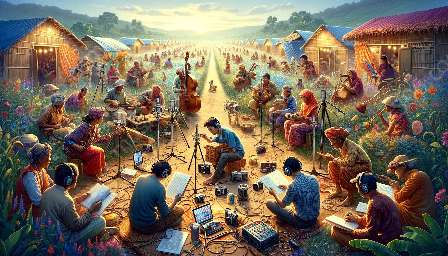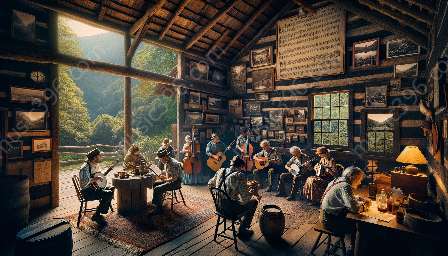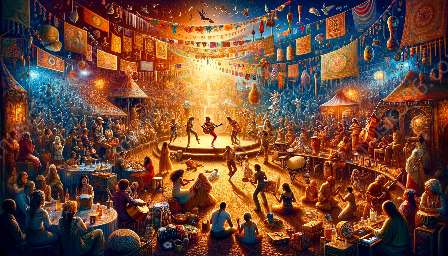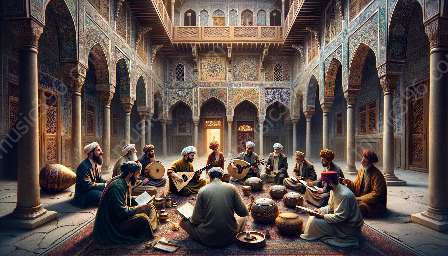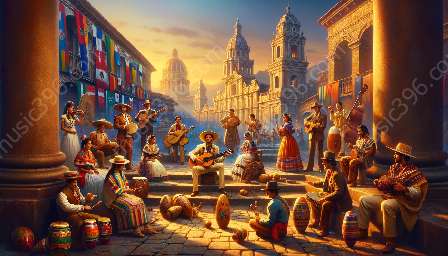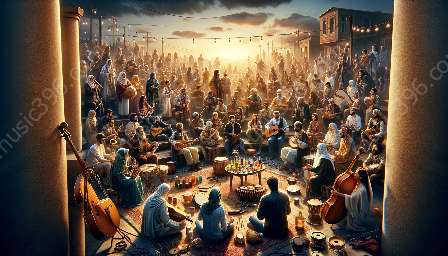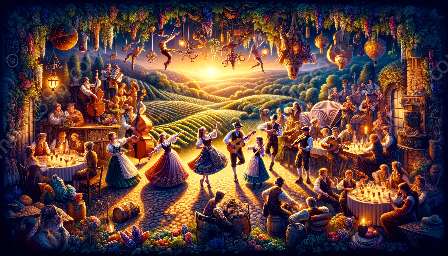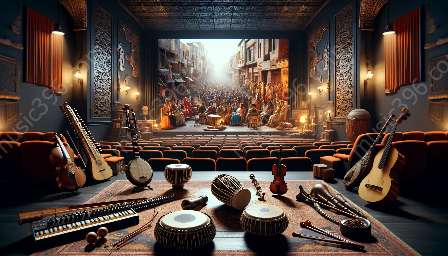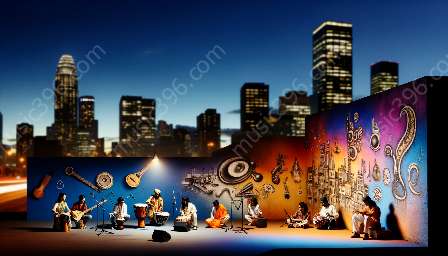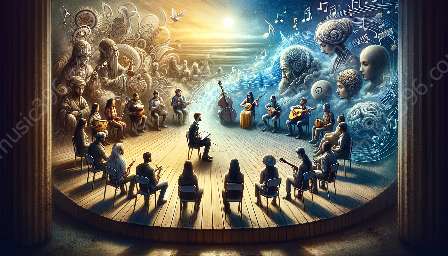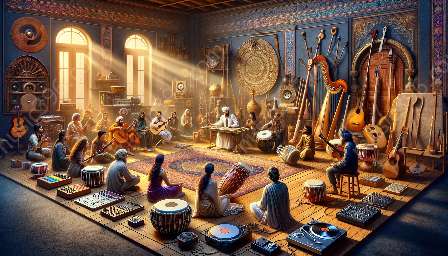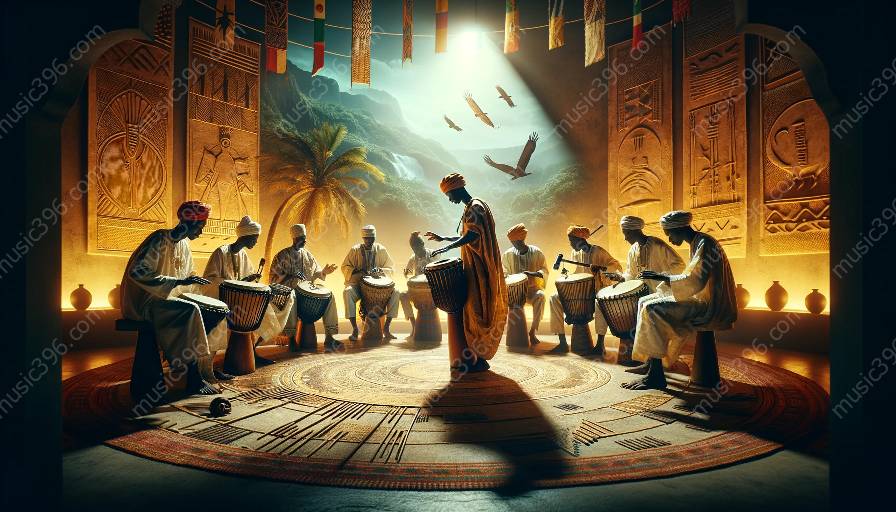Griots, also known as jalis or djeli, are revered members of West African societies who have historically been responsible for preserving and transmitting oral traditions, including music, from one generation to the next. Their multifaceted role in African musical heritage encompasses storytelling, praise-singing, and historical recitations, making them crucial figures in the continuity and preservation of African musical traditions.
Griots and African Musical Traditions
The role of Griots in preserving African musical heritage is intimately connected to the rich musical traditions of the continent. Griots serve as the living archives of their communities, holding within them the collective memory of their people through their mastery of oral traditions. Through their musical performances, which often feature the kora, a traditional West African harp, Griots ensure that ancient melodies and rhythms are perpetuated.
Their knowledge of traditional songs, rhythms, and dances is passed down orally and remains largely undocumented, making Griots indispensable repositories of African musical traditions. They play a pivotal role in teaching younger generations the intricacies of musical composition and performance, thereby safeguarding the authenticity and purity of African musical heritage.
The Ethnomusicological Significance
From an ethnomusicological standpoint, the role of Griots in preserving African musical heritage offers a wealth of insights into the dynamic interplay between music and culture. It provides a unique lens through which scholars and enthusiasts can study the transmission of musical knowledge and its integration into broader societal structures.
Through their performances, Griots elucidate the intricate links between music and community, showcasing how the two are inseparably intertwined in African societies. Ethnomusicologists can analyze the ways in which Griots adapt and innovate within their traditions, shedding light on the creative processes that underpin the evolution of African musical heritage.
Furthermore, the oral nature of Griot traditions highlights the intergenerational transfer of musical knowledge, offering ethnomusicologists valuable insights into the pedagogical methods employed in the preservation of African musical traditions. Their role as cultural historians and musical storytellers presents a rich tapestry of material for ethnomusicological exploration, allowing for a deeper understanding of the social, historical, and spiritual dimensions of African music.
The Continuity of Griot Traditions
Despite the modern challenges faced by traditional oral cultures, Griots continue to play a vital role in preserving African musical heritage. Their resilience in the face of external pressures and societal transformations underscores the enduring significance of their contributions to African musical traditions.
While the advent of digital media and globalization pose new challenges to the transmission of oral traditions, Griots have adapted by incorporating modern technologies into their practices without compromising the essence of their craft. They navigate the tensions between tradition and modernity, leveraging contemporary platforms to reach wider audiences while remaining steadfast in their commitment to upholding the authenticity and integrity of African musical heritage.
Conclusion
The role of Griots in preserving African musical heritage is not just a historical artifact but a living tradition that continues to shape the musical landscape of the African continent. Their invaluable contributions serve as a testament to the enduring power of oral traditions in safeguarding and perpetuating the diverse musical legacies of Africa. As we venture further into the 21st century, the significance of Griots in preserving African musical heritage remains as vital as ever, offering a profound insight into the intersection of music, culture, and oral history.


